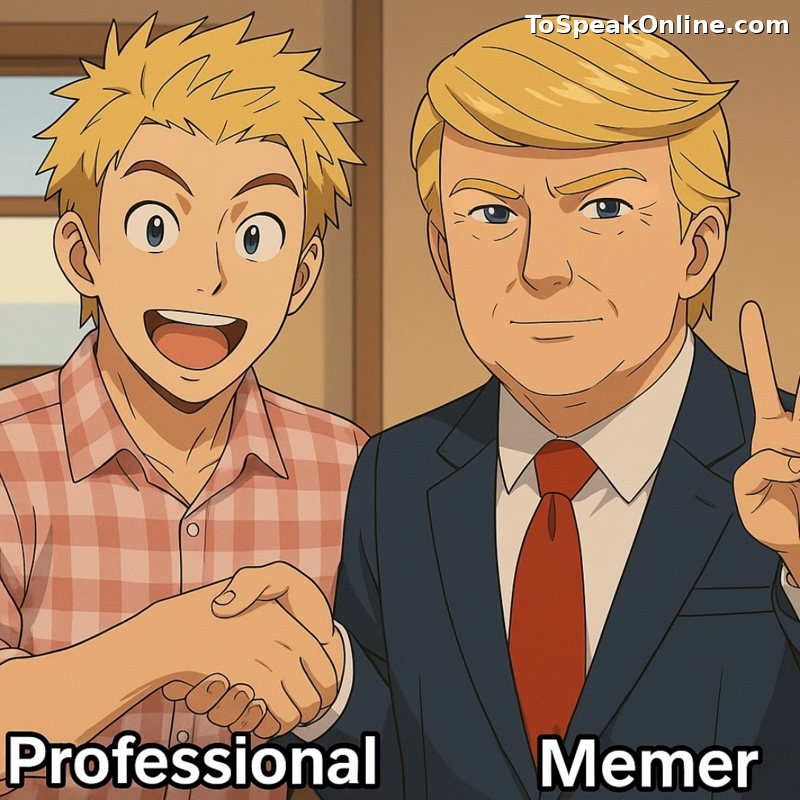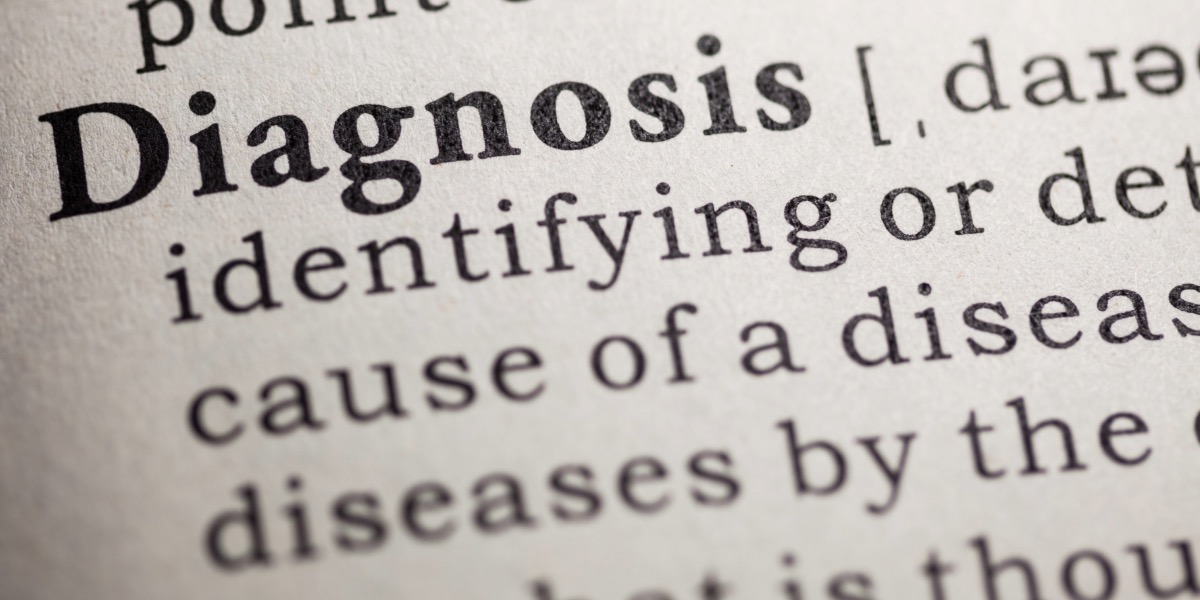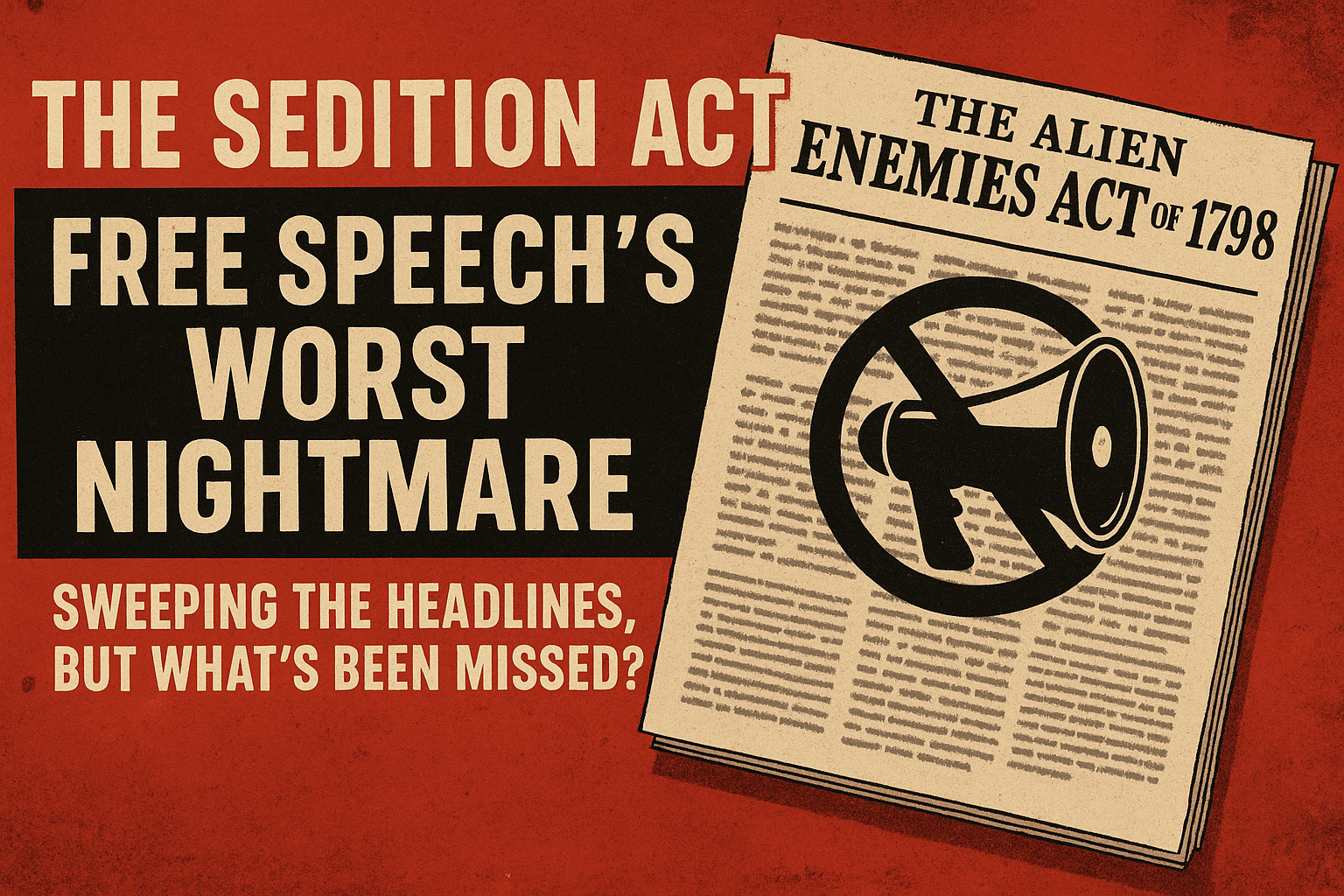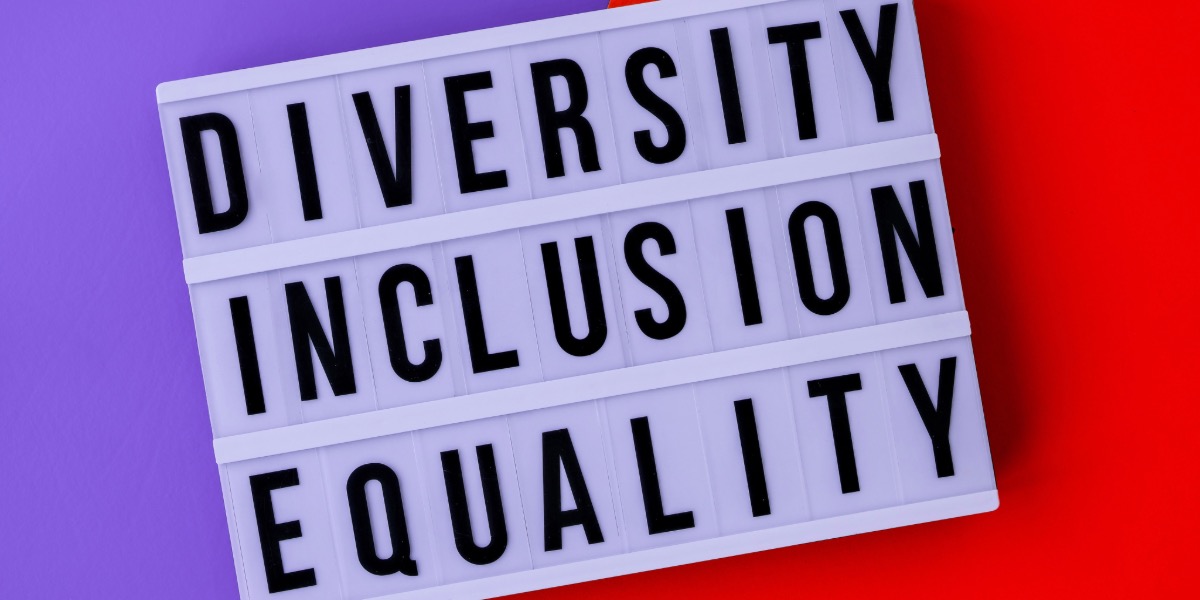
I love memes and so should you! The term “meme” was coined by Richard Dawkins in The Selfish Gene (1976) to describe an idea, behavior, or style that spreads within a culture. But what we often overlook is how memes can be used effectively in education to communicate concepts and ideas. You know the phrase, “a picture is worth a thousand words”? Well, as attention spans continue to dissolve, we must adapt and consider new avenues to reinforce engagement with important topics. This article addresses the potential of memes as an educational method, particularly within media literacy.
We currently live in an “engagement culture” – defined by the compulsion to like, share, or interact with content based on high-arousal emotional responses. For example, you’re statistically more likely to share content on social media that incites anger (Lee & Cha, 2022). And this is just like real life, right? How often do you go home and talk about the coworker who causes you problems, compared to those coworkers who don’t? This is the part where you might say, “Charles, you have a bad business model,” and to that, I retort, “I got a mad meme game.”
In recent years, there’s been growing interest in memes as a pedagogical (teaching) method and as an educational medium. A 2024 study by Olalekan et al. found “significant positive effects of meme-based learning” (p.1), noting that over 80% of students showed increased engagement and a better understanding of complex topics. This finding was echoed by Carlos and Delocado (2024), who found that students presented with educational meme-infused material achieved significantly higher post-test scores compared to those without memes. That’s GREAT news for me and hopefully for you too!

This insight is valuable because, not everyone communicates or engages with content the same way. Different mediums and methods of communication have a higher likelihood of breaking down barriers and resonating. Consider how you would typically react to an offensive comment made by a stranger. However, if the same comment is delivered in the context of comedic entertainment (the medium), you’re likely to laugh rather than recoil. Because of these social and participatory motivations, you’re more receptive to the message.

But are there dangers in the meme game? Absolutely. The biggest risk is the oversimplification of complex social issues. Nuance and context are often critical, and both can easily get lost or overlooked in a meme. Another crucial factor: memes must be culturally relevant (think pop-culture references). If people don’t recognize the reference in the image, the message won’t be received. Finally, memes must be applied strategically, that is with clear intention and purpose to facilitate participation and evoke discussion (Olalekan et al., 2024).
So, how can educators leverage engagement culture to our advantage? We engage, then follow up with critical insight – or as my site ToSpeakOnline.com tagline puts it, “Let’s watch and reflect.” Encourage interaction by having students create their own memes based on key concepts. Inspire further discussion and peer feedback through social sharing. Remind participants that viewers often won’t know the origin of a meme or the source of its information. This reminder reinforces meme fact-checking and underscores the importance of including captions, overlays, or pinned comments to strengthen the cogency and clarity of the message.

Moreover, require a digital signature (overlay) of the meme’s origin. For example, including a name or brand name if that’s the case, to foster accountability. When people attach their names to their creations, they naturally become more responsible and moderate their messages. Just as in life, what we say to someone’s face usually differs greatly from what we might say behind their back. The same applies to online content. This practice encourages individuals to question authenticity and trustworthiness when encountering memes outside the educational environment. I cannot stress enough how important this is for setting the standards and expectations of future generations regarding the quality of online content.

In conclusion, memes represent a modern educational method uniquely suited to addressing our current engagement culture and shrinking attention spans. Simply put, memes align perfectly with today’s cultural norms and encourage long-term engagement with material and complex topics. While there are inherent risks, such as oversimplifying complex issues, memes also present a powerful opportunity: the chance to shape future generations’ expectations and set new standards for online behavior and content quality – a standard of individual accountability. So, to all you memers out there, keep on meming and meme responsibly!
Share your favorite meme and let me know in the comments below: what’s your favorite meme, and why?
Charles Randolph






